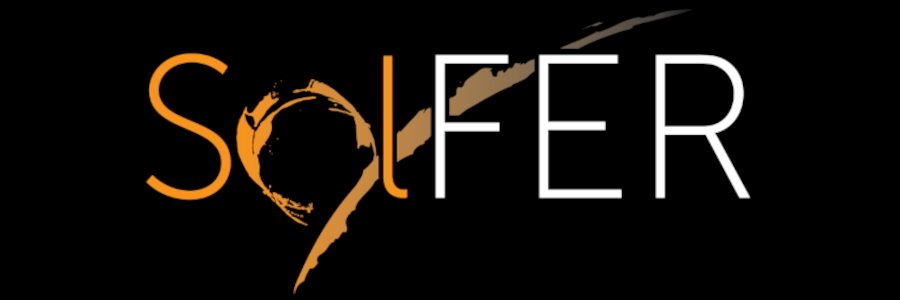Speaker
Description
We study the structure and evolution of solar flare ribbons in the chromosphere to infer properties of magnetic reconnection that occurs in the corona. We analyze the imaging observations of the M7.3 SOL2014-04-18T13 flare obtained by IRIS in both the near and far ultraviolet passbands and by SDO/AIA in the 1600A passband. Two flare ribbons are observed to spread away from the magnetic polarity inversion line as the flare progresses. Using the high-resolution IRIS observations, we measure the width of the newly brightened ribbon front along the extension of the ribbon, which maps the feet of magnetic field lines reconnecting in the current sheet in the corona. We find that the width of the ribbon front is highly structured, possibly reflecting corresponding structure in the coronal current layer. Further the ribbon grows most rapidly with time in regions where non-thermal hard X-ray (HXR) emission is concentrated (Brosius, et al. 2015). The light curve of the ultraviolet emissions in this region, as measured by IRIS and AIA, also well matches the HXR light curve at photon energies above 25 keV. In contrast, the ribbon-width evolution and light curves in other regions along the ribbons do not correlate well with the HXR emission. These results suggest that there is a strong connection between the production of non-thermal electrons and locally enhanced perpendicular extent of flare ribbon fronts, which reflect the inhomogeneous structure and/or reconnection dynamics of the flare current sheet in the corona.

